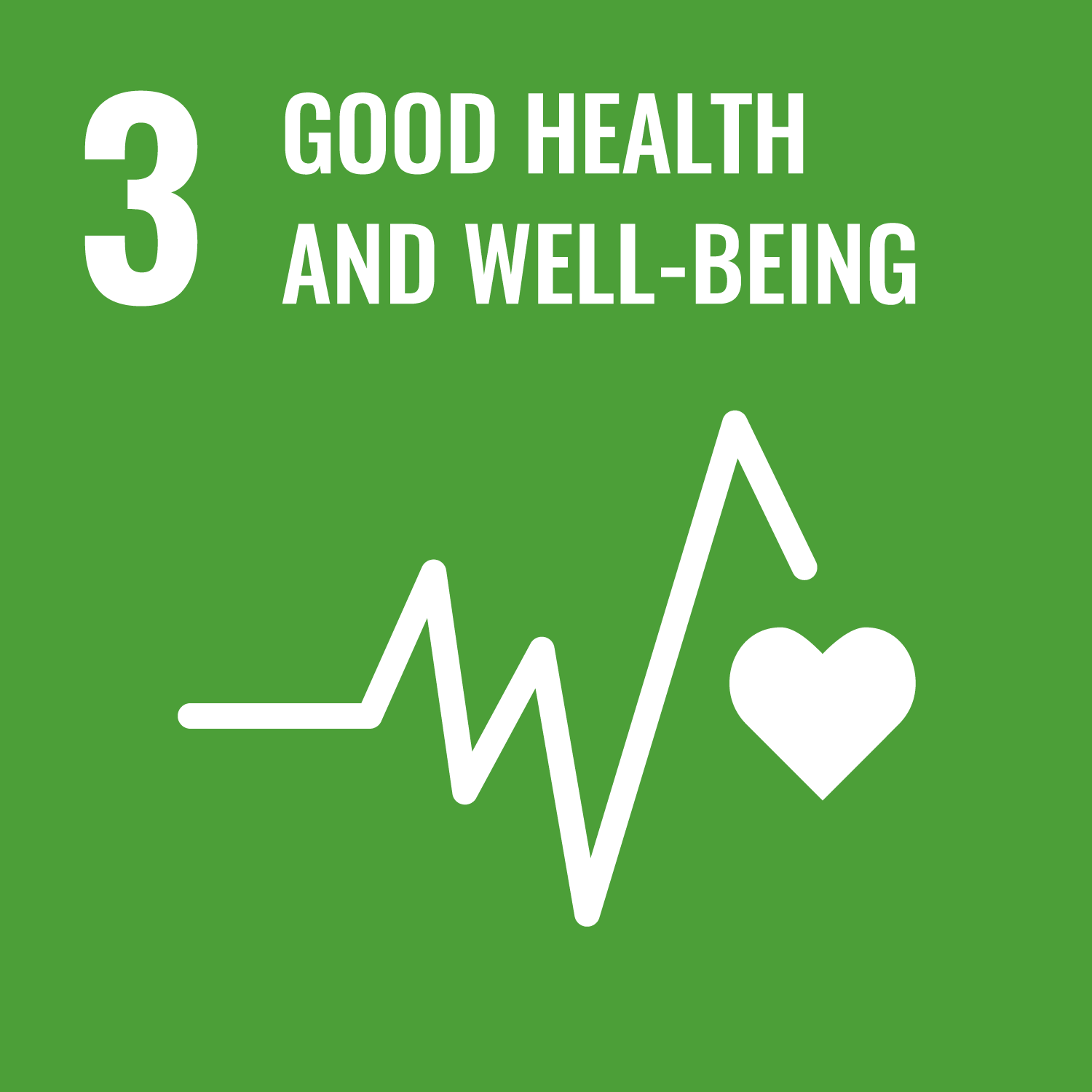Foulkes, S. orcid.org/0000-0001-7241-6345, Munro, K., Sparkes, D. et al. (23 more authors) (2025) Adapting COVID-19 research infrastructure to capture influenza and respiratory syncytial virus alongside SARS-CoV-2 in UK healthcare workers winter 2022/23: Results of a pilot study in the SIREN cohort. PLoS One, 20 (5). e0316131. ISSN 1932-6203
Abstract
Introduction
The combination of patient illness and staff absence driven by seasonal viruses culminates in annual “winter pressures” on UK healthcare systems and has been exacerbated by COVID-19. In winter 2022/23 we introduce multiplex testing aiming to determine the incidence of SARS-CoV-2, influenza and respiratory syncytial virus (RSV) in our cohort of UK healthcare workers (HCWs).
Methods
The pilot study was conducted from 28/11/2022–31/03/2023 within the SIREN prospective cohort study. Participants completed fortnightly questionnaires, capturing symptoms and sick leave, and multiplex PCR testing for SARS-CoV-2, influenza and RSV, regardless of symptoms. PCR-positivity rates by virus were calculated over time, and viruses were compared by symptoms and severity. Self-reported symptoms and associated sick leave were described. Sick leave rates were compared by vaccination status and demographics.
Results
5,863 participants were included, 84.6% female, 70.3% ≥ 45-years, 91.4% of White ethnicity and 82.6% in a patient facing role. PCR-positivity peaked in early December for all three viruses (4.6 positives per 100 tests (95%CI 3.5, 5.7) SARS-CoV-2, 3.9 (95%CI 2.2, 5.6) influenza, 1.4 (95%CI 0.4, 2.4) RSV), declining to <0.3/100 tests after January for influenza/RSV, and around 2.5/100 tests for SARS-CoV-2. Over one-third of all infections were asymptomatic, and symptoms were similar for all viruses. 1,368 (23.3%) participants reported taking sick leave, median 4 days (range 1–59). Rates of sick leave were higher in participants with co-morbidities, working in clinical settings, and who had not been vaccinated (COVID-19 booster or seasonal influenza vaccine) versus those who had received neither vaccine (2.04 vs 1.41 sick days/100 days, adjusted Incidence Rate Ratio 1.47 (95%CI 1.38, 1.56).
Conclusion
This pilot demonstrated the use of multiplex testing allowed better understanding of the impact of seasonal respiratory viruses and respective vaccines on the HCW workforce. This highlights the important information on asymptomatic infection and persisting levels of SARS-CoV-2 infection.
Metadata
| Item Type: | Article |
|---|---|
| Authors/Creators: |
|
| Editors: |
|
| Copyright, Publisher and Additional Information: | © 2025 Foulkes et al. This is an open access article distributed under the terms of the Creative Commons Attribution License (http://creativecommons.org/licenses/by/4.0/), which permits unrestricted use, distribution, and reproduction in any medium, provided the original author and source are credited. |
| Keywords: | SIREN study group; Humans; Respiratory Syncytial Virus Infections; Prospective Studies; Pilot Projects; Seasons; Adult; Middle Aged; Health Personnel; Sick Leave; Female; Male; Influenza, Human; United Kingdom; COVID-19; SARS-CoV-2 |
| Dates: |
|
| Institution: | The University of Sheffield |
| Academic Units: | The University of Sheffield > Faculty of Medicine, Dentistry and Health (Sheffield) > School of Medicine and Population Health |
| Depositing User: | Symplectic Sheffield |
| Date Deposited: | 19 Jun 2025 14:16 |
| Last Modified: | 19 Jun 2025 14:16 |
| Status: | Published |
| Publisher: | Public Library of Science (PLoS) |
| Refereed: | Yes |
| Identification Number: | 10.1371/journal.pone.0316131 |
| Sustainable Development Goals: | |
| Open Archives Initiative ID (OAI ID): | oai:eprints.whiterose.ac.uk:228045 |


 CORE (COnnecting REpositories)
CORE (COnnecting REpositories) CORE (COnnecting REpositories)
CORE (COnnecting REpositories)